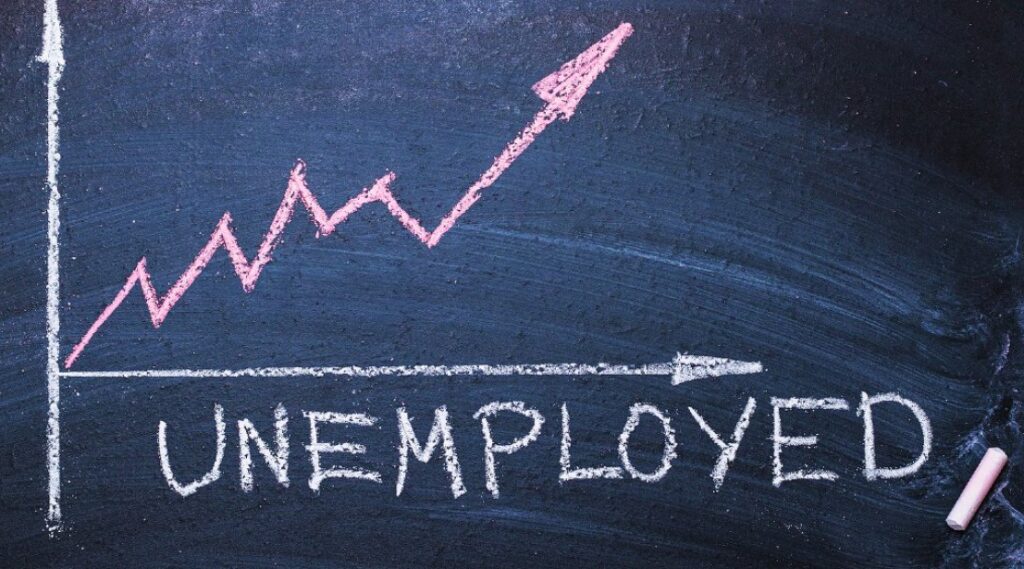One in 12 jobs has been lost year-on-year.
Although South Africa is expected to create 384,000 jobs this year, it is estimated that total employment will only return to pre-pandemic levels by 2025, according to PwC, after the release of the Quarterly Labour Force Survey (QLFS) for the first quarter of 2021, which logged the official unemployment rate at 32.6 percent.
The Statistics SA data showed that the country lost 2.2 million jobs in the second quarter of 2020 and regained 876,000 of these during the second half of the year, while job growth stalled. The number of employed persons remained almost unchanged at 15 million, with the number of unemployed persons also fairly static at 7.2 million compared to the fourth quarter of 2020.
However, the number of discouraged work-seekers increased by 6,9 percent, and the number of people who were not economically active for reasons other than discouragement decreased by 0.3 percent between the two quarters.
These minor changes resulted in the official unemployment rate increasing from 32.5 percent in the fourth quarter of 2020 to 32.6 percent in the first quarter of 2021 – the highest since the start of the QLFS in 2008. The unemployment rate according to the expanded definition of unemployment stands at 43.2 percent for the first quarter of 2021.
According to the Steel and Engineering Industries Federation of Southern Africa, the level of unemployment in South Africa is far above other economies such as Brazil (14.7 percent), China (5.3 percent), India (6.5 percent) and Russia (5.2 percent).
Fifty percent of the 10 sectors tracked by Stats SA recovered jobs during the first quarter, with gains in mining and manufacturing due to accelerating export sales of minerals and factory goods, as well as the community and social services segment.
Surprisingly, 215,000 jobs were added to the finance sector. In this regard, Stats SA noted that employment increased across skilled occupations such as professionals, managers and technicians, and decreased in the unskilled and semi-skilled occupations.
Informal sector employment decreased by 0.8 percent, and job losses were observed in construction, trade, private households, transport and agriculture.
South African employment (both formal and informal) was 8.5 percent lower year-on-year, translating to one in 12 jobs being lost compared to a year earlier.












